
Researchers discovered that trap states govern the performance of organic photodetectors, limiting their detectability. Organic photodetectors (OPDs) have enormous potential for low-cost imaging, health monitoring, and near-infrared sensing applications. However, before these applications can be commercialized, the performance of these devices must be improved. Recent research on organic photodetectors based on donor-acceptor systems has yielded [..]
Read More
One of the most common types of oral cancer is oral squamous cell carcinoma (OSCC), for which the five-year survival rate has stubbornly remained at 50% for many years, partly due to late-stage diagnosis. Better identifying both OSCC and the non-malignant lesions that can precede it would help to reduce the disease’s impact, and optical [..]
Read More
Researchers have developed the next generation of ultrafast data transmission, which could enable already high-performance computing to be provided “on demand.” The technology uses a hybrid silicon-vanadium dioxide waveguide that can turn light on and off in less than one trillionth of a second to unjam bottlenecks in data streams. The researchers show that data [..]
Read More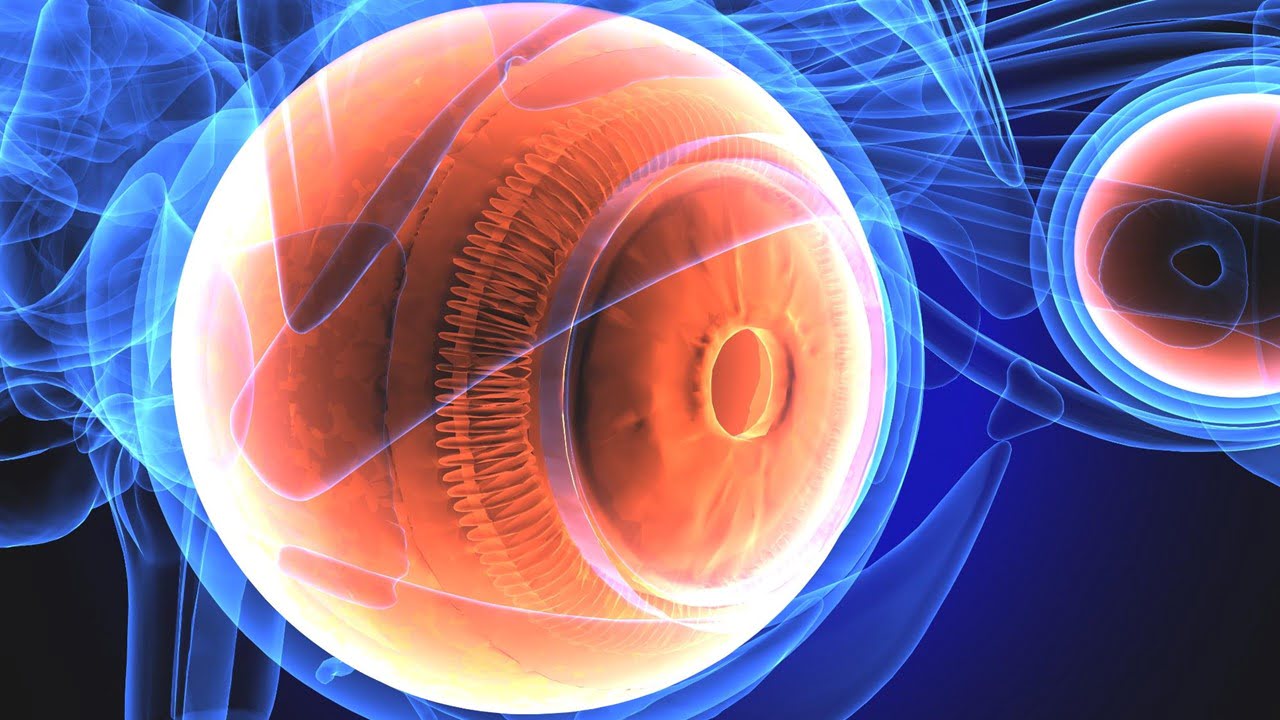
According to a review, collaboration between artificial intelligence systems and clinicians may lead to mutual advancements in glaucoma research and clinical practice. Given that glaucomatous changes to the optic nerve head tissues are an irreversible, timely, and dependable structural and functional evaluation of the eye could aid in glaucoma diagnosis. AI-based systems have revolutionized the [..]
Read More
Artificial neural networks, which are layers of interconnected artificial neurons, are becoming increasingly popular in machine learning tasks such as speech recognition and medical diagnosis. Electronic computing hardware is nearing its capabilities, but the demand for more computing power is always increasing. Researchers chose the photonic processor over the electronic processor to transmit data at [..]
Read More
Researchers recently obtained new results on dielectronic recombination precision spectroscopy. One of the most important collision reactions in the plasma environment is electron-ion recombination. The most fundamental input parameters for astrophysical and fusion plasma modeling are precise electron-ion recombination rate coefficients. The radiation lines produced by the dielectronic recombination (DR) process can be used as [..]
Read More
Visualizing and measuring thin-film thickness at the nanoscale during dynamic evolution has long been a long-standing challenge. A joint-imaging method and its innovative procedure for combining digital holography (DH) and white light colorimetric interferometry (WLCI) measurement data are presented in a single intelligent tool. The method enables a comprehensive quantitative study of the dynamic evolution [..]
Read More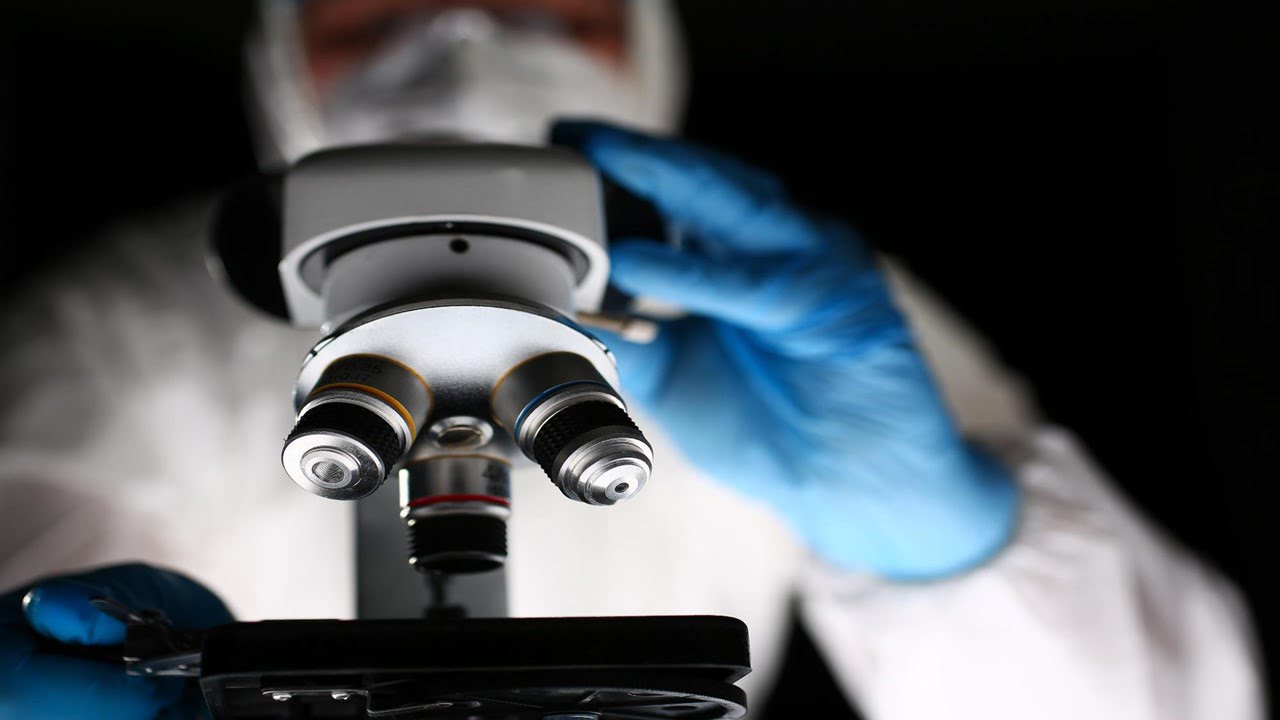
Researchers have developed a mechanical scanning-free microscopy method. The technique significantly improves the efficacy of fluorescence lifetime microscopy (FLIM). The fact that fluorescence decay occurs quickly is a major limitation of traditional fluorescence lifetime microscopy methods; most ordinary cameras are incapable of capturing it. Using a single-point photodetector solves the problem, but the device must [..]
Read More
The U.S. Army Research Laboratory discovered a new AR technology to overcome bright lighting conditions during the day using low-contrast dimming highlights. It opens up new research questions to improve warfighter AR and heads-up display performance in outdoor operations. It’s difficult to make AR displays brighter due to the amount of power needed, and it’s [..]
Read More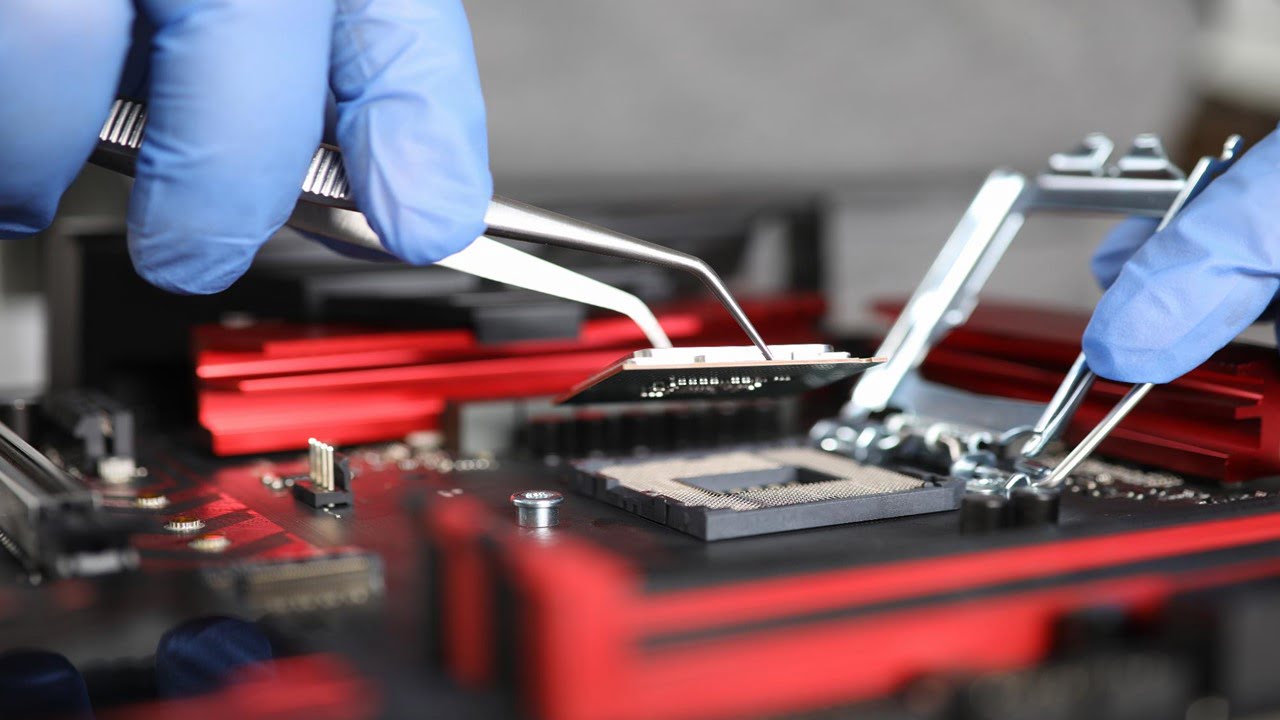
Optoelectronic advancements necessitate materials with novel and engineered properties. Metal-halide perovskites have sparked tremendous interest owing to meteoric increases in the photovoltaic efficiencies of perovskite solar cells. Furthermore, recent advances in metal-halide perovskites have resulted in using perovskite nanocrystals (NCs) in light-emitting devices. It was recently discovered that the unusually efficient light emission of cesium [..]
Read More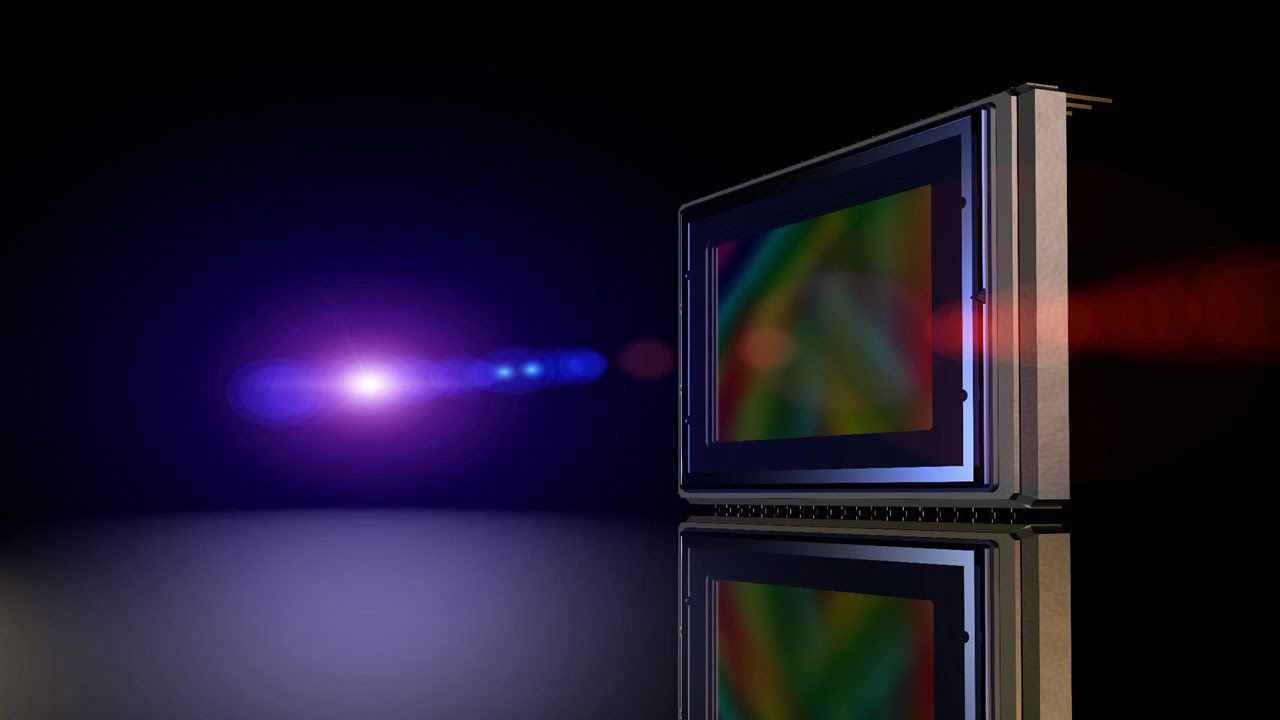
Researchers in the United States created a lithium-niobate microresonator on a chip. They demonstrated that it could generate photon pairs more than 100 times faster than other chip-based photon sources. They believe that by combining it with other optical components, the tiny resonator could aid in the “widespread adoption” of quantum devices. The spontaneous parametric [..]
Read More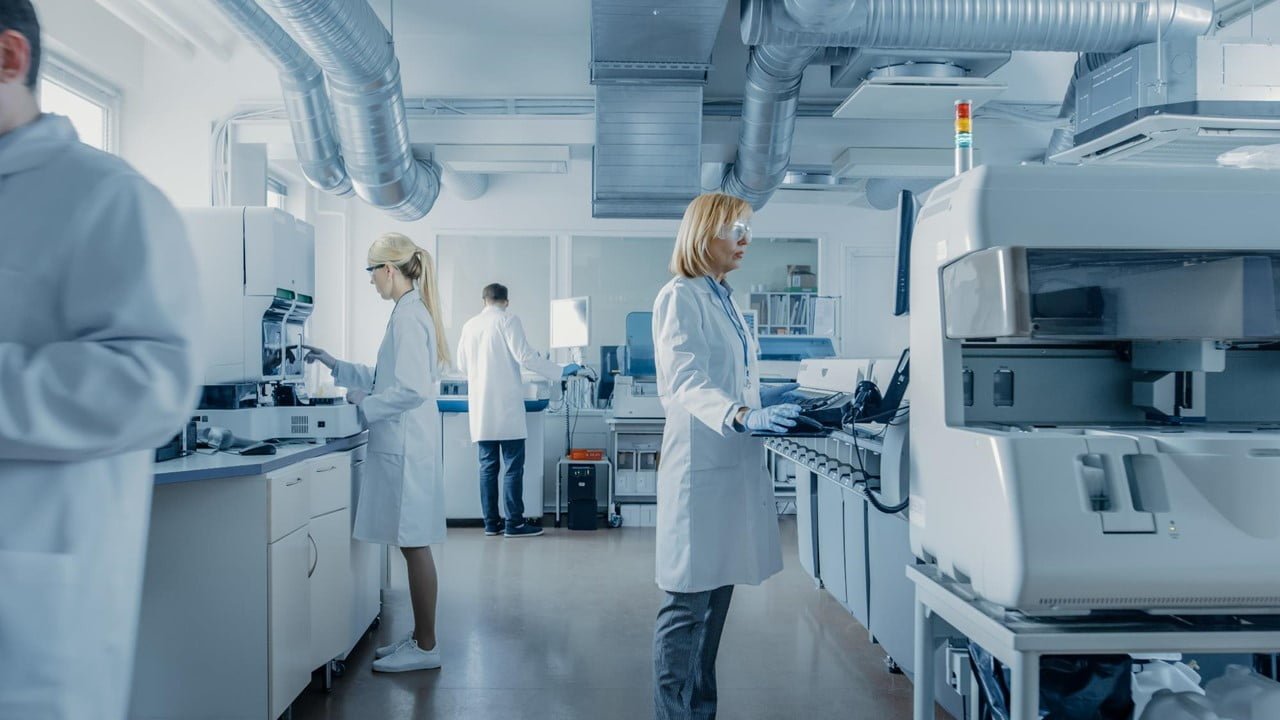
Researchers create an image of a plasmonic topological quasiparticle spin texture in a structured silver film. The spin angular momentum components of linearly polarized light interacting with an Archimedean coupling structure with a designed geometric phase generate plasmonic waves with different orbital angular momenta. These plasmonic fields undergo spin-orbit interaction, and their superposition generates an [..]
Read More
An international team of scientists has published the findings of an experiment that could serve as a model for studying transition states in atoms and molecules. This would provide new opportunities to learn more about important processes like photocatalysis, the first steps in photosynthesis, and radiation damage. The researchers used high-resolution electron spectroscopy to capture [..]
Read More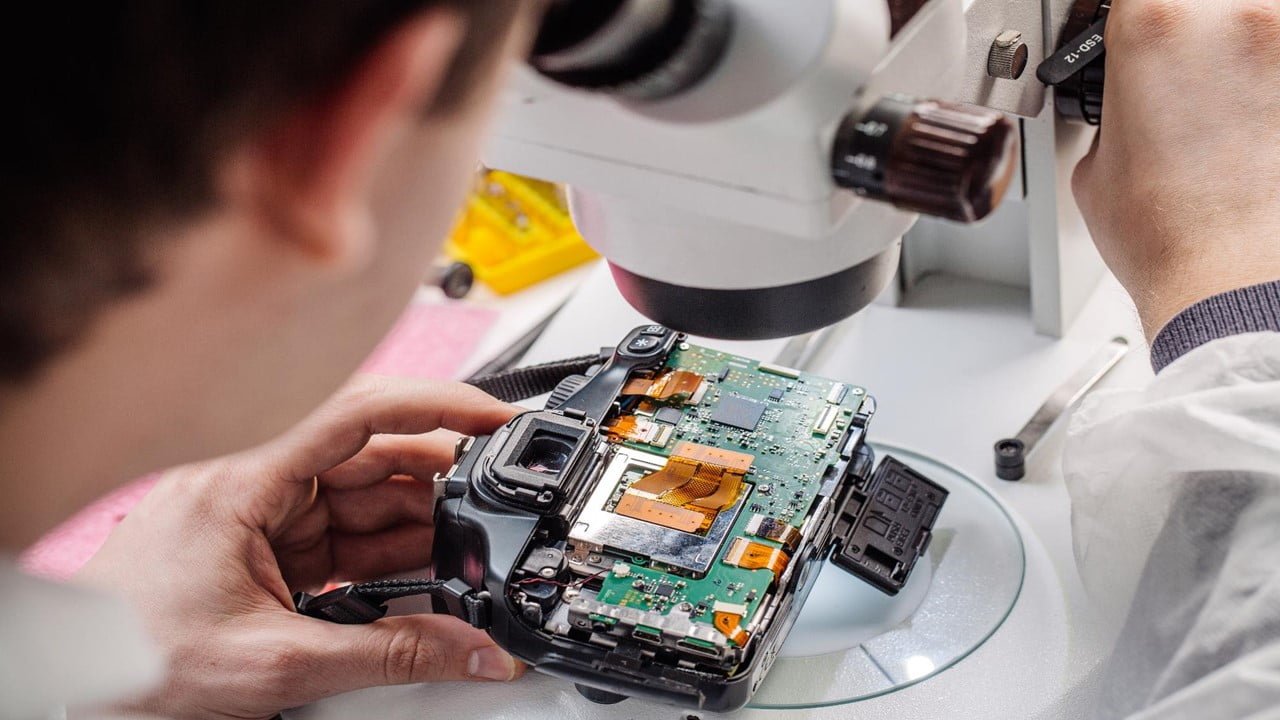
Reflectins, the unique structural proteins that allow squids and octopuses to change colors and blend in with their surroundings, are thought to have enormous potential for advancements in fields as diverse as electronics, optics, and medicine. Due to their atypical chemical composition and high sensitivity to subtle environmental changes, scientists and inventors have been stymied [..]
Read More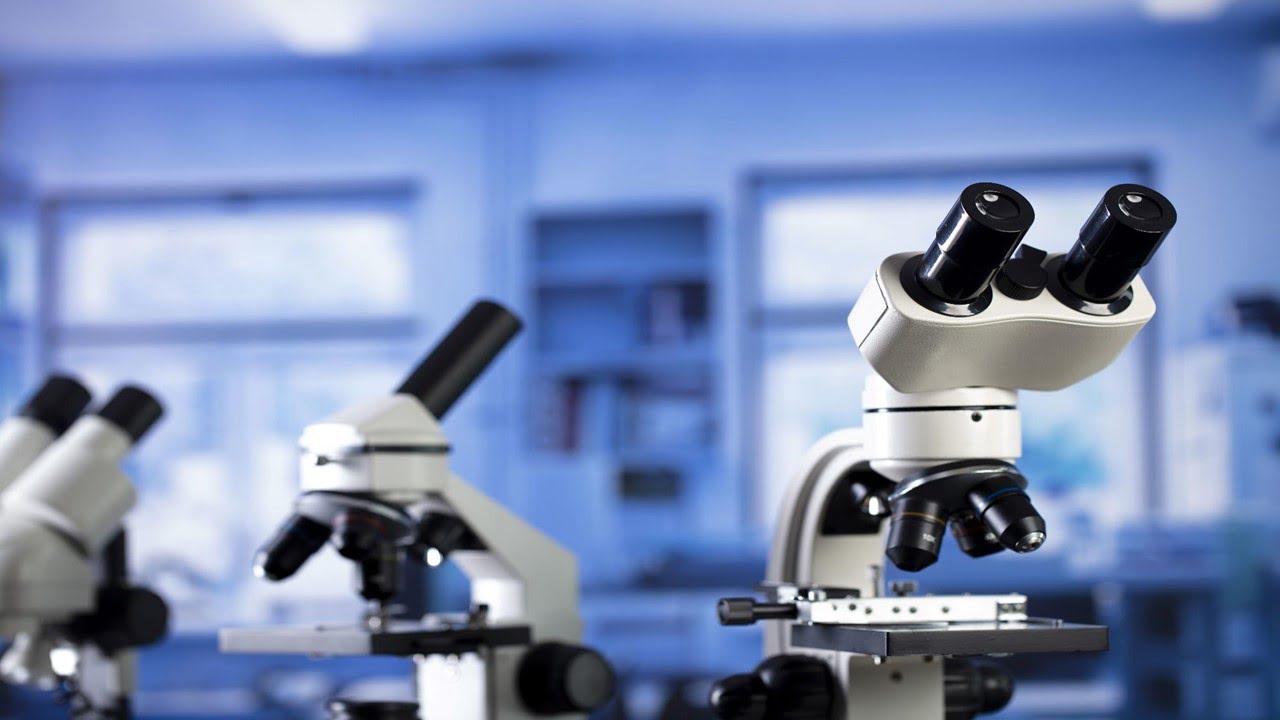
Many natural and industrial processes, such as liquid-to-vapor phase change, gas-evolving reactions, and solid-state material growth, involve the distribution of nucleation sites. However, a complete understanding of the process still needs to be discovered. These limitations are due to the difficulty of probing micro/nanoscopic nucleation sites and the process’s insufficient statistical interpretation. Researchers used phase-enhanced [..]
Read More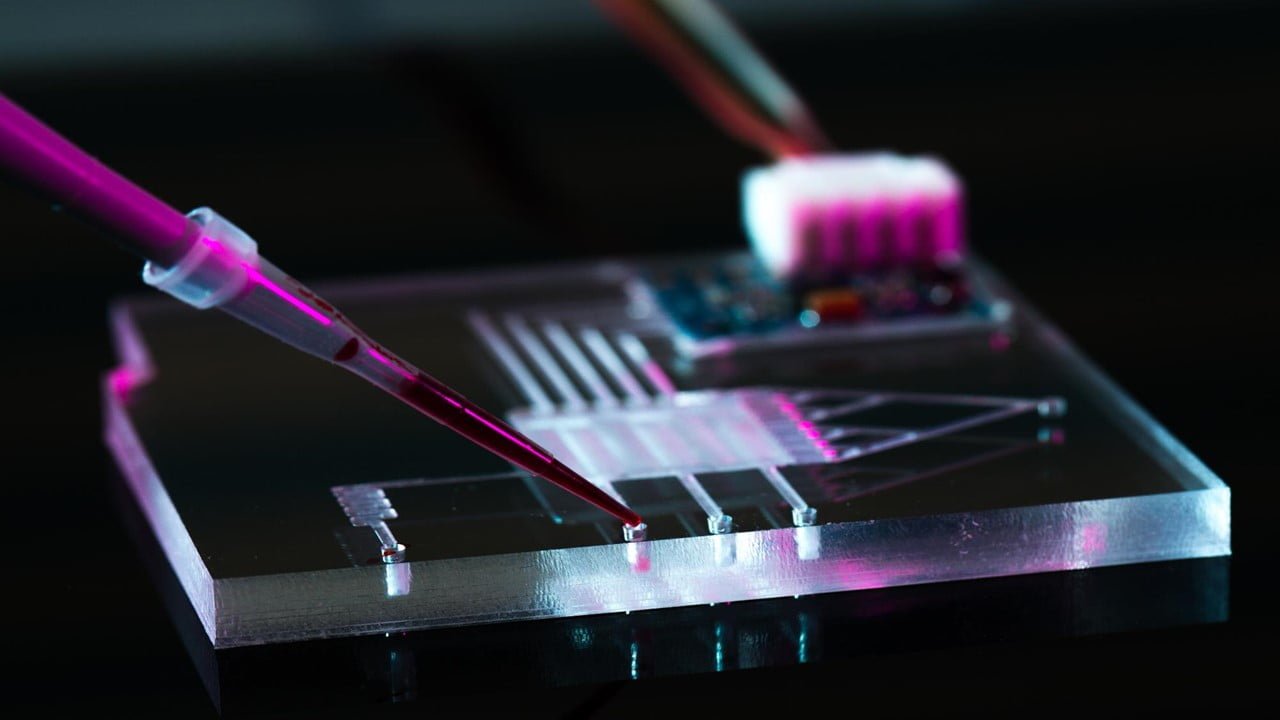
Single-cell whole-genome sequencing (WGS) is essential for identifying dynamic intercellular DNA changes. Single-cell genomics sample preparation technologies are complex, expensive, and plagued by high amplification bias and errors. The researchers describe Digital-WGS, a sample preparation platform that automates high-performance single-cell WGS with digital microfluidics. They use a wetted hydrodynamic structure to provide high single-cell capture [..]
Read More
According to a proof-of-concept study, PET Tracer imaging with 68Ga-pentixafor is an effective diagnostic tool for central nervous system (CNS) B-cell lymphoma. 68Ga-pentixafor PET imaging shows excellent contrast characteristics between lymphoma lesions and surrounding healthy brain tissue. It may be suitable for risk stratification and response assessment by targeting the CXCR4 biomarker involved in the [..]
Read More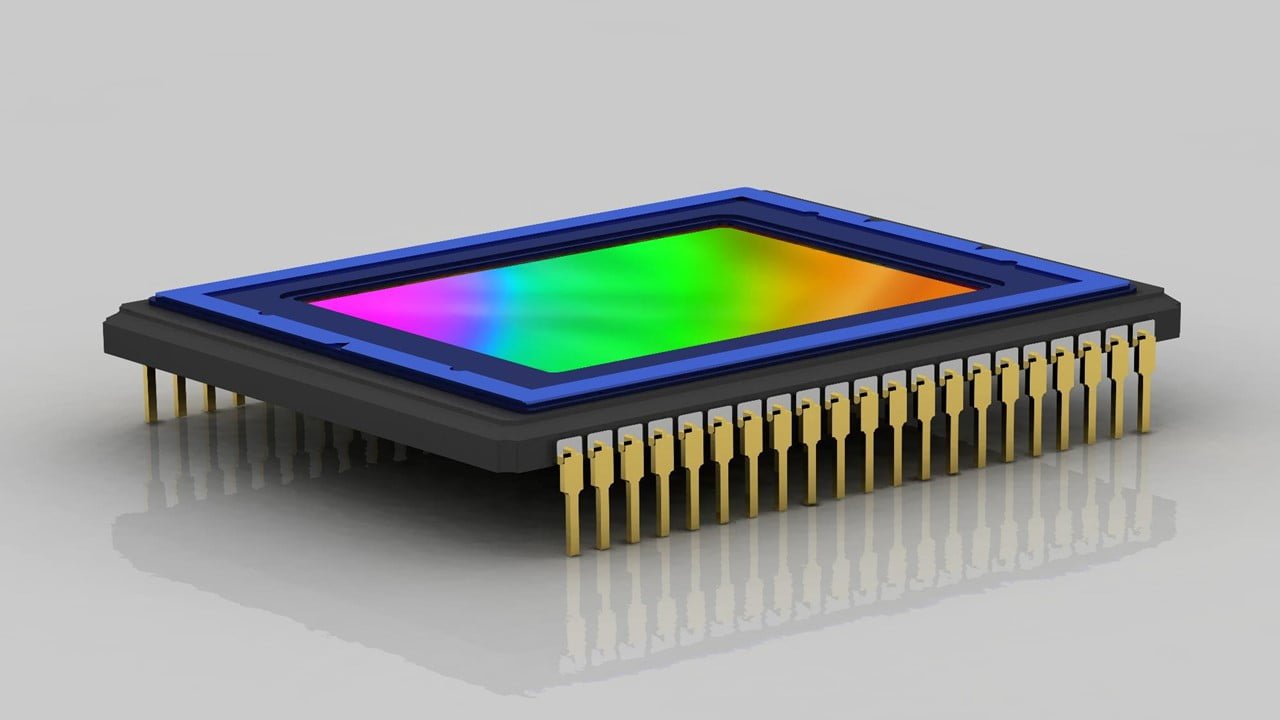
Why do we feed artificial intelligence data like a normal computer if it can think like a human brain? Scientists are addressing this question by considering the sensory input we humans receive and have developed an optic device inspired by how the human eye works. Researchers recently published the results of their optical sensor, which [..]
Read More
AI-based evaluation of medical imaging data typically necessitates the development of a unique algorithm for each task. Scientists have now presented a new method for configuring self-learning algorithms for a wide range of imaging datasets – without requiring specialized knowledge or massive computing power. Researchers have now developed a method that adapts to any imaging [..]
Read More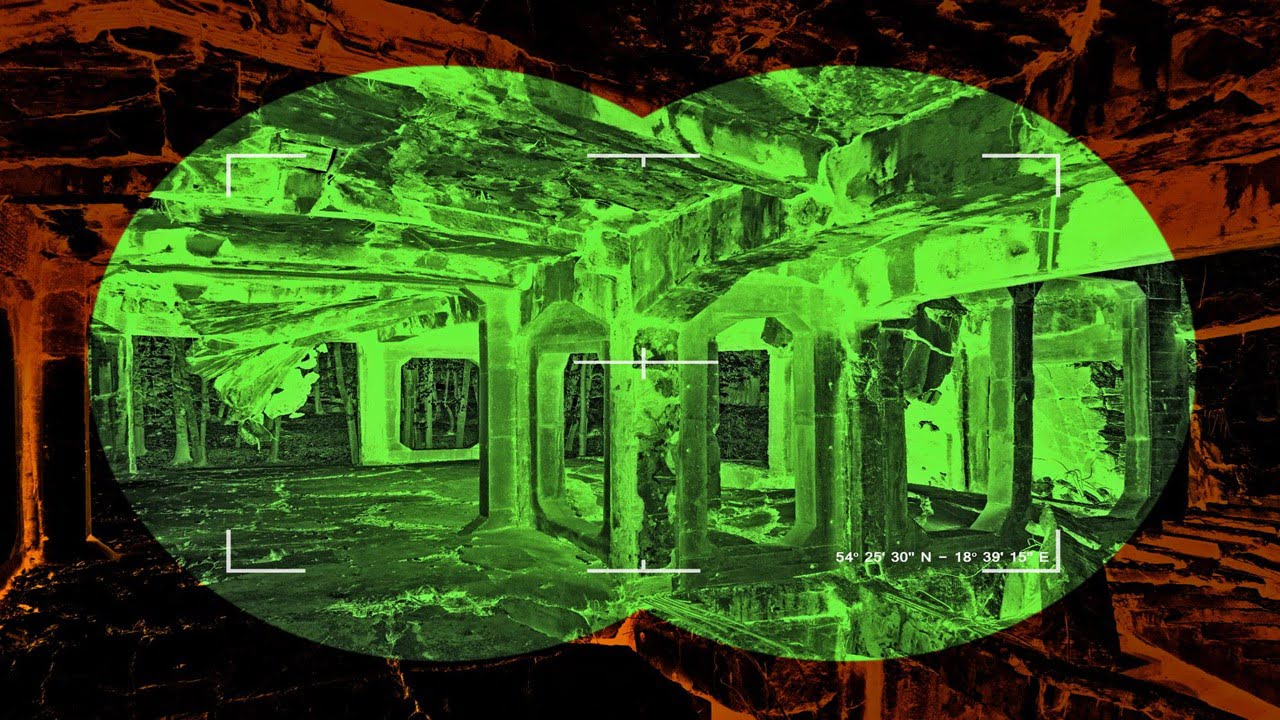
Researchers have introduced a unique drone prototype to help search and rescue teams locate missing persons – even in dense forests. Subjects in individual thermal images often appear completely or partially hidden; the drone instead combines several individual images into one integral image (image integration) that can be used for classification and to better detect [..]
Read More